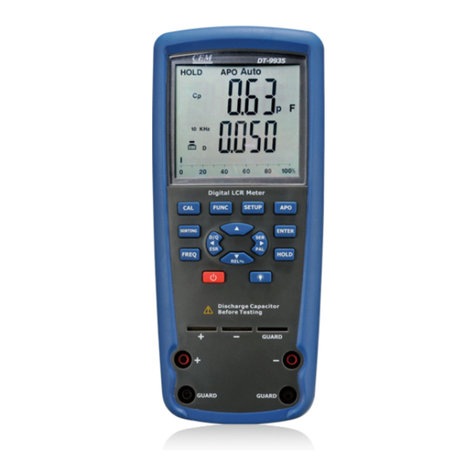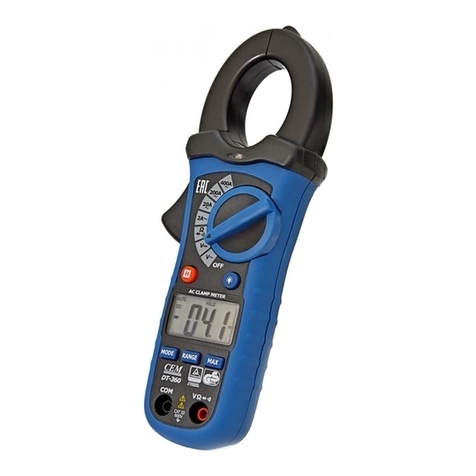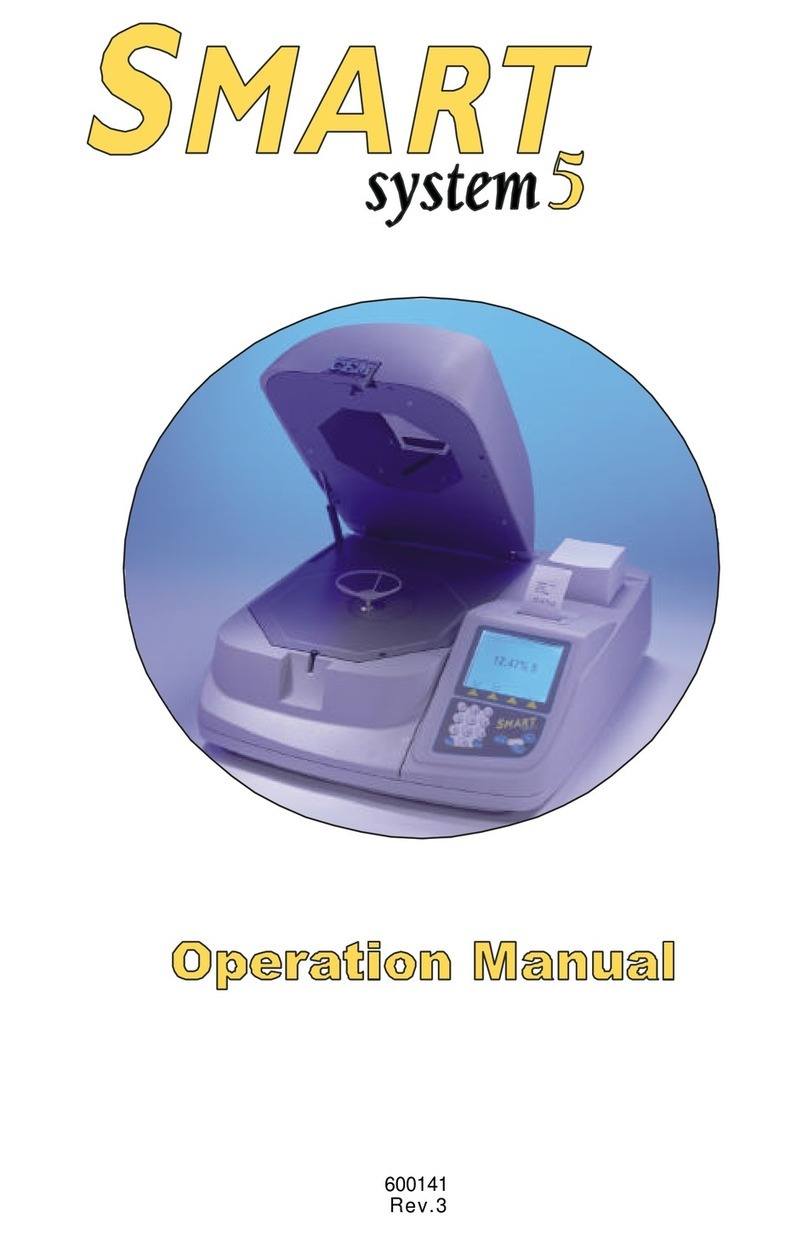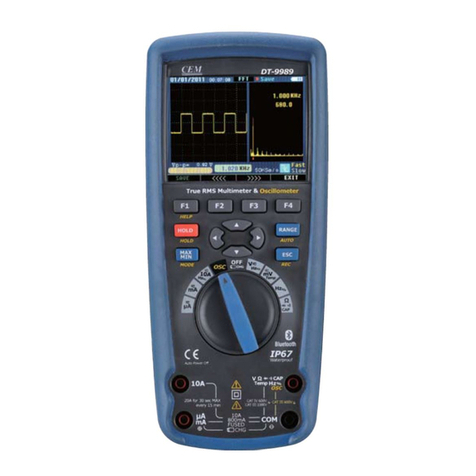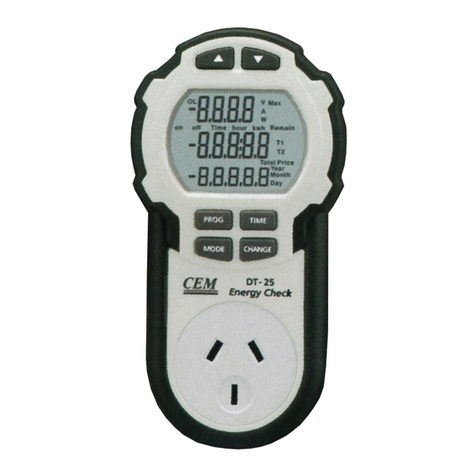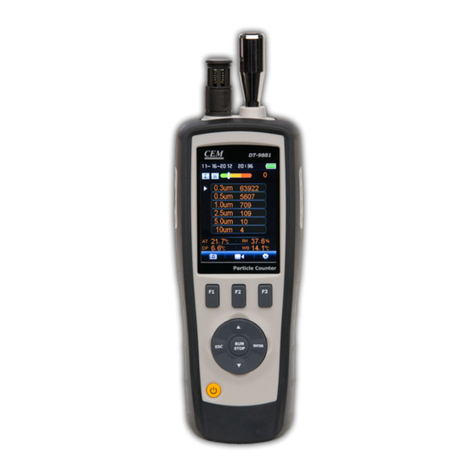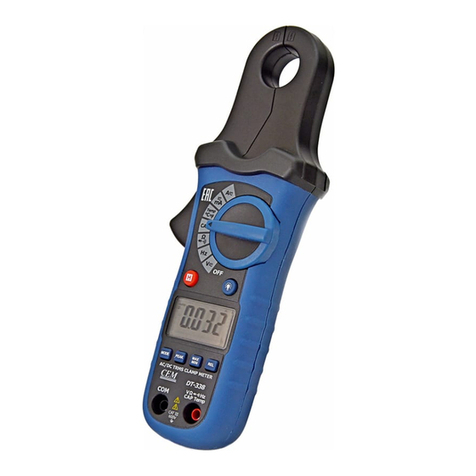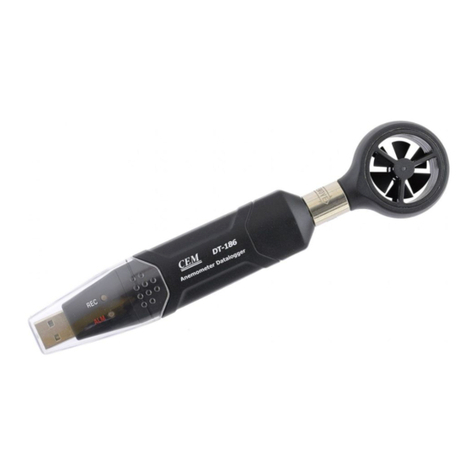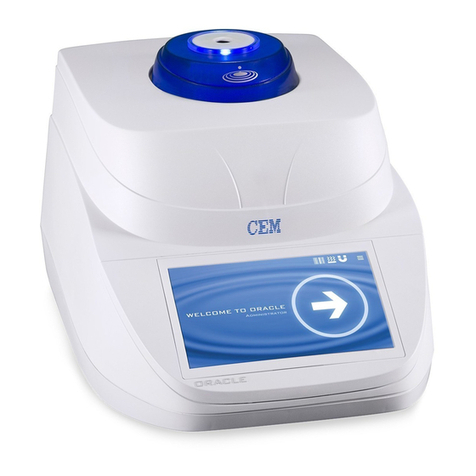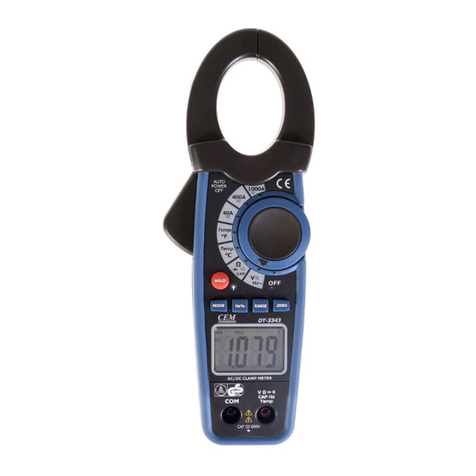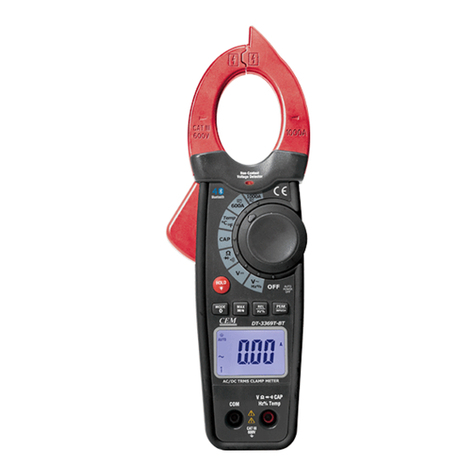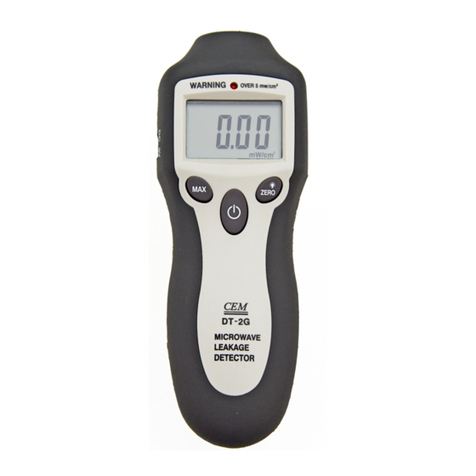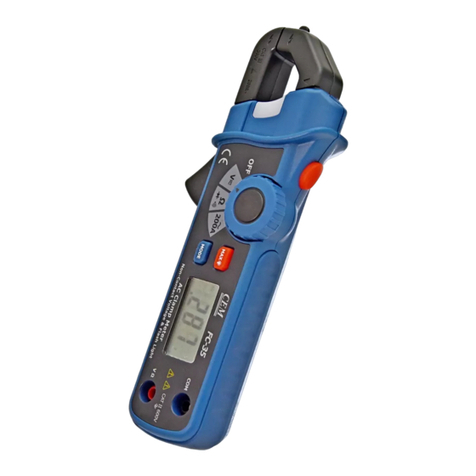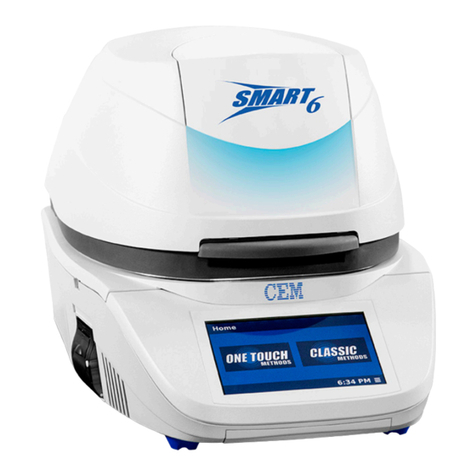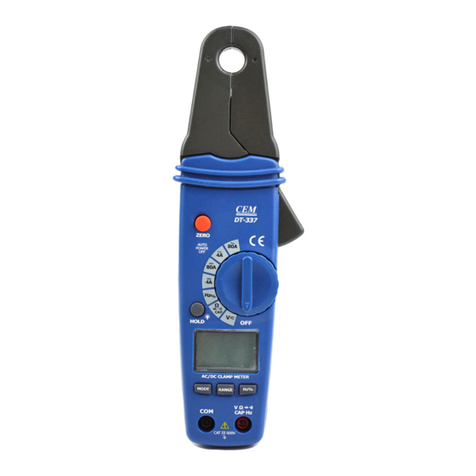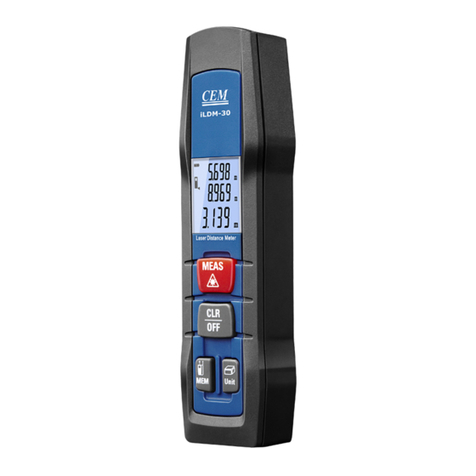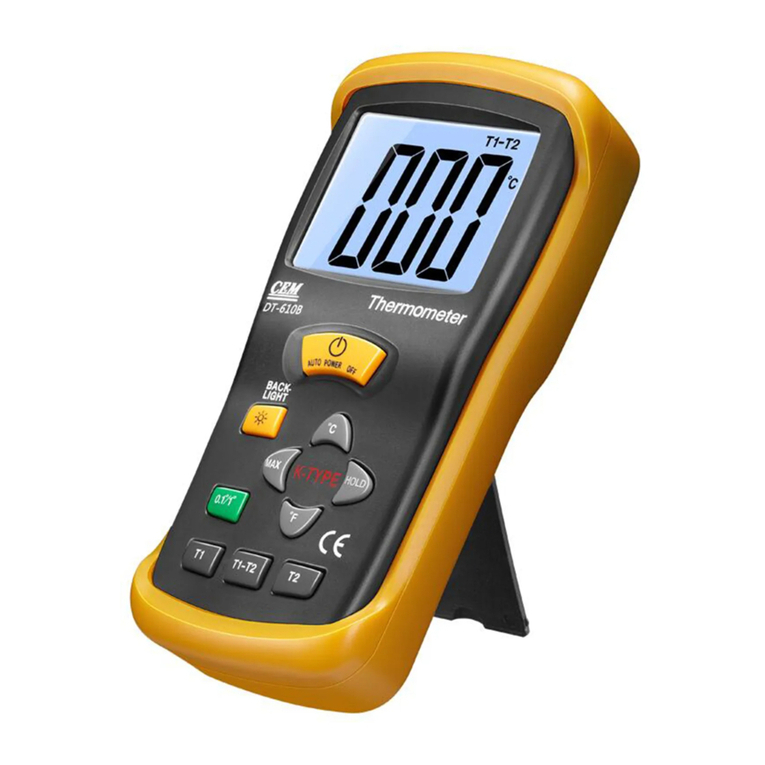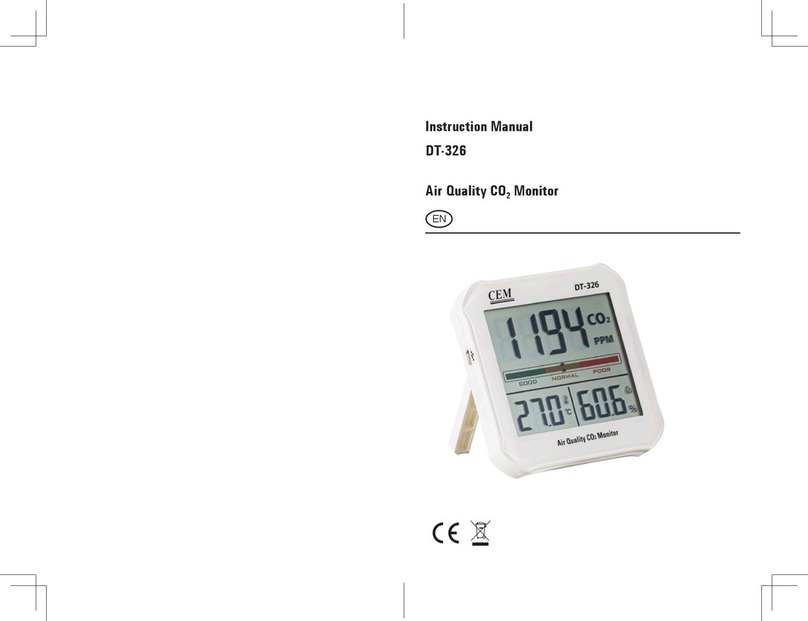
i
Table of Contents
Notice – Safety Precautions ......................................................................................................................................... ii
Introduction.................................................................................................................................................................. 1
Safety Overview............................................................................................................................................................ 2
Instrument Components .............................................................................................................................................. 3
System Installation ....................................................................................................................................................... 4
Unpack System ..................................................................................................................................................... 4
Cable Connections ................................................................................................................................................12
Software Icons ......................................................................................................................................................19
Software Overview ...............................................................................................................................................20
SMART 6 Connection ............................................................................................................................................25
System Setup ........................................................................................................................................................30
Balance Setup .......................................................................................................................................................36
Sample analysis ............................................................................................................................................................37
ORACLE Station Sample Preparation....................................................................................................................39
CEM High Precision Heater Block .........................................................................................................................41
CEM QuikPrep Integrated Heater.........................................................................................................................42
Batch Testing on the ORACLE with Air Oven ........................................................................................................43
QuikPrep Analysis on the ORACLE with an Air or Vacuum Oven..........................................................................47
QuikPrep Analysis on the ORACLE with SMART 6 ................................................................................................50
SMART 6 Method Development...........................................................................................................................58
Data Management........................................................................................................................................................59
Internal Data Management ..................................................................................................................................59
External Data Management..................................................................................................................................64
ORACLE Maintenance...................................................................................................................................................61
QC Tests ................................................................................................................................................................62
QC Standards ........................................................................................................................................................63
CRM ......................................................................................................................................................................64
Short Term Stability ..............................................................................................................................................65
Long Term Stability ...............................................................................................................................................65
Diagnostics............................................................................................................................................................66
Exporting System Diagnostics...............................................................................................................................67
Routine Maintenance ...........................................................................................................................................67
ORACLE Settings ...........................................................................................................................................................68
Sample ..................................................................................................................................................................89
System ..................................................................................................................................................................70
Backup ..................................................................................................................................................................71
Tools......................................................................................................................................................................71
Event Viewer.........................................................................................................................................................72
Service and Repair ........................................................................................................................................................73
System Specifications ...................................................................................................................................................74
Warranty.......................................................................................................................................................................75












